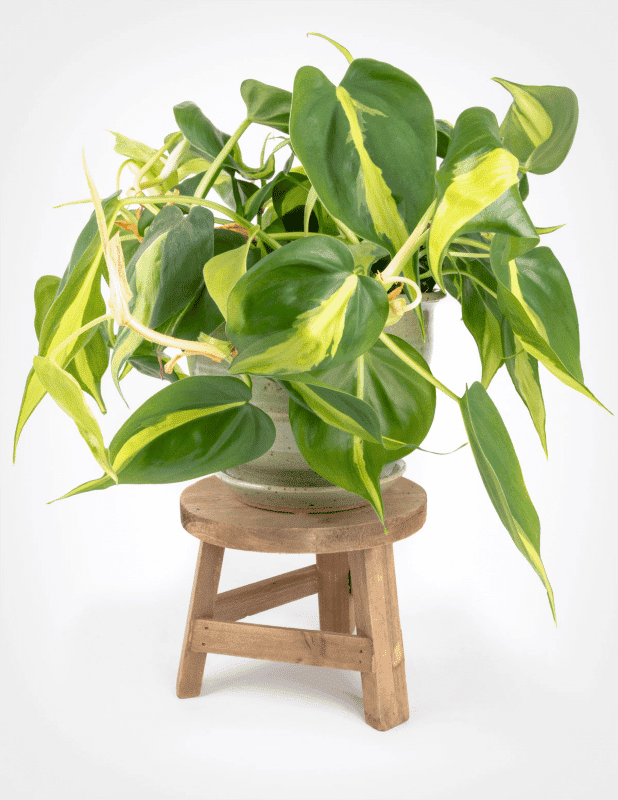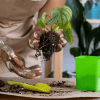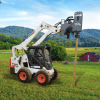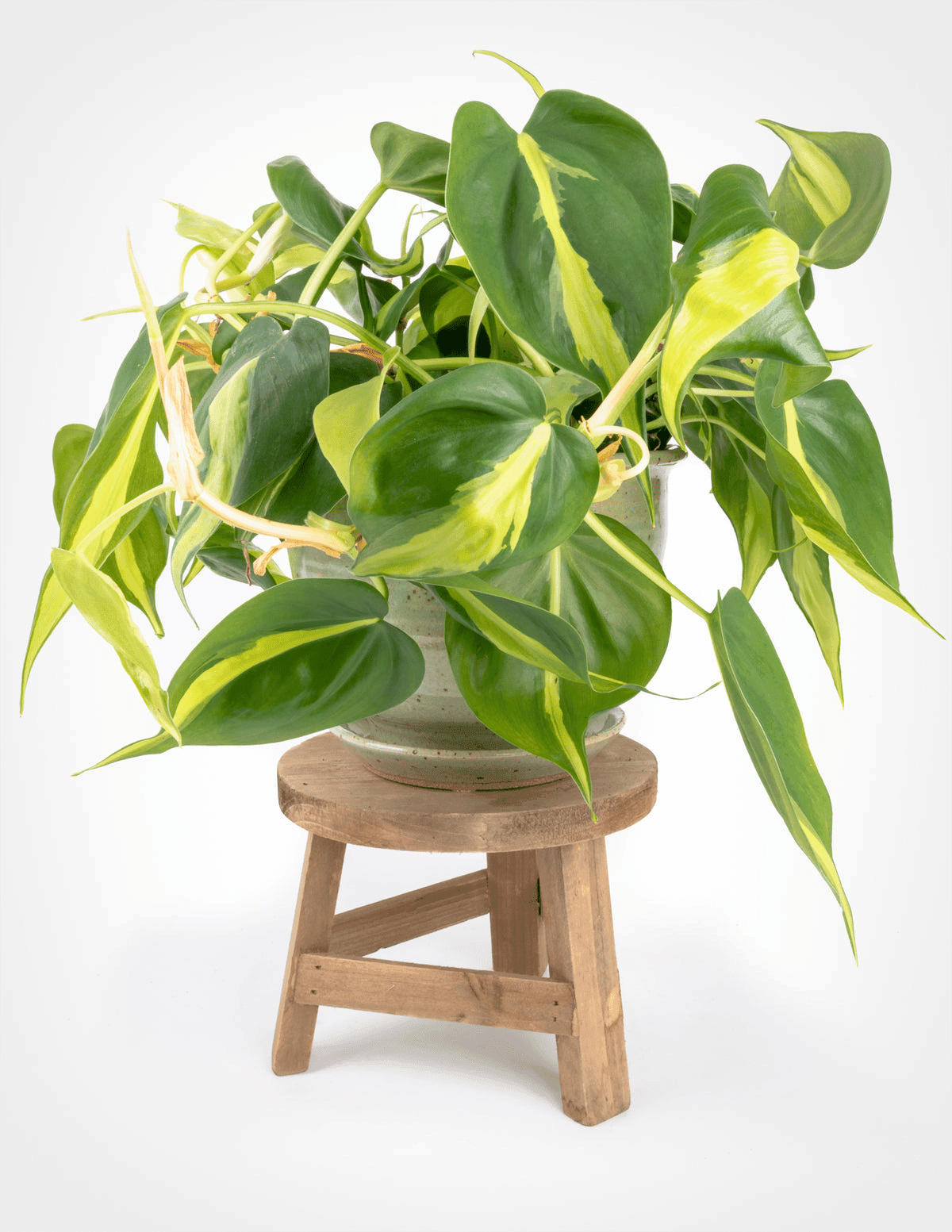
Image Source: Pistils Nursery
Thank you for reading this post, don't forget to the best blogger Guy About Home who offers the best garden and home improvement tips! If you are a home decor and design fan, don't miss the tips on home ideas. If you are a home garden owner, then you might be interest in our complete guides to house plants!
Philodendron Hederaceum use and benefits
Similar to philodendron prince of orange, Philodendron is the first plant that springs to mind when you think of a houseplant that comes in a wide variety of forms, colors, and sizes. Plant enthusiasts who are just starting out would benefit much from caring for Philodendron hederaceum, often known as the heartleaf philodendron.
Like a philodendron lupinum care, it requires little attention and thrives in a variety of environments. The philodendron hederaceum may be used for a wide variety of purposes. Plant it in a container or directly in the ground. A trellis, pole, or other structure may be used to teach it to climb.
Philodendron hederaceum varieties
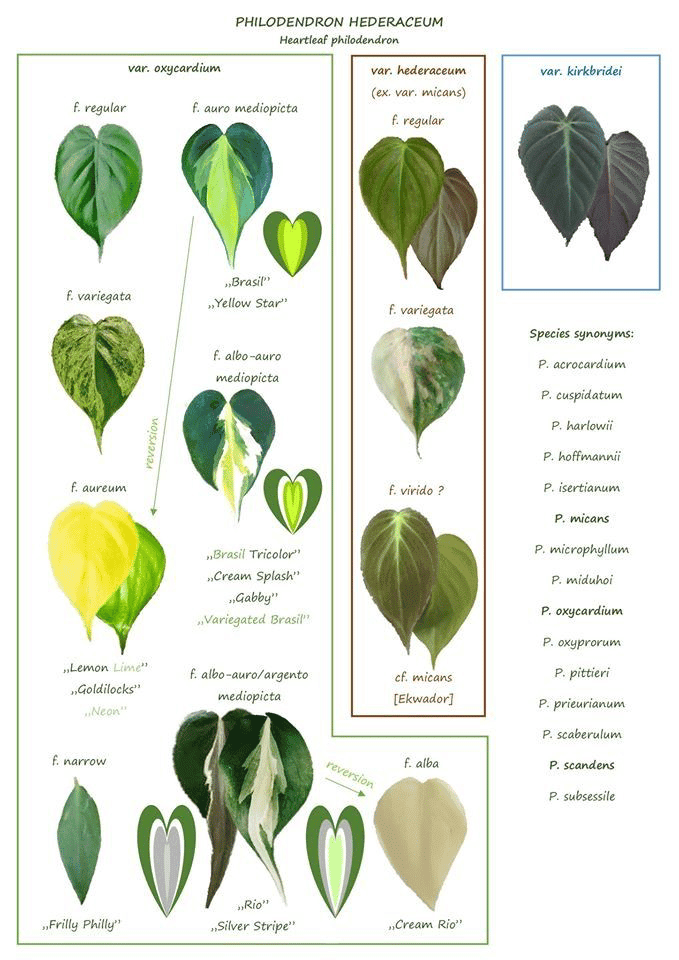
Image Source: Pinterest
There are many species of other plants to pick from. Here are some of philondendron hederaceum types:
1. Philodendron hederaceum ‘Gabby’
2. Philodendron hederaceum
3. Philodendron hederaceum ‘Cream Splash’
4. Philodendron hederaceum ‘Variegata’
5. Philodendron hederaceum ‘Brasil’
6. Philodendron hederaceum ‘Lemon Lime’
7. Philodendron hederaceum ‘Rio’
8. Philodendron hederaceum ‘Micans’ (also called Philodendron hederaceum var. hederaceum)
9. Philodendron hederaceum ‘Silver Stripe’
How to identify a Philodendron Hederaceum?
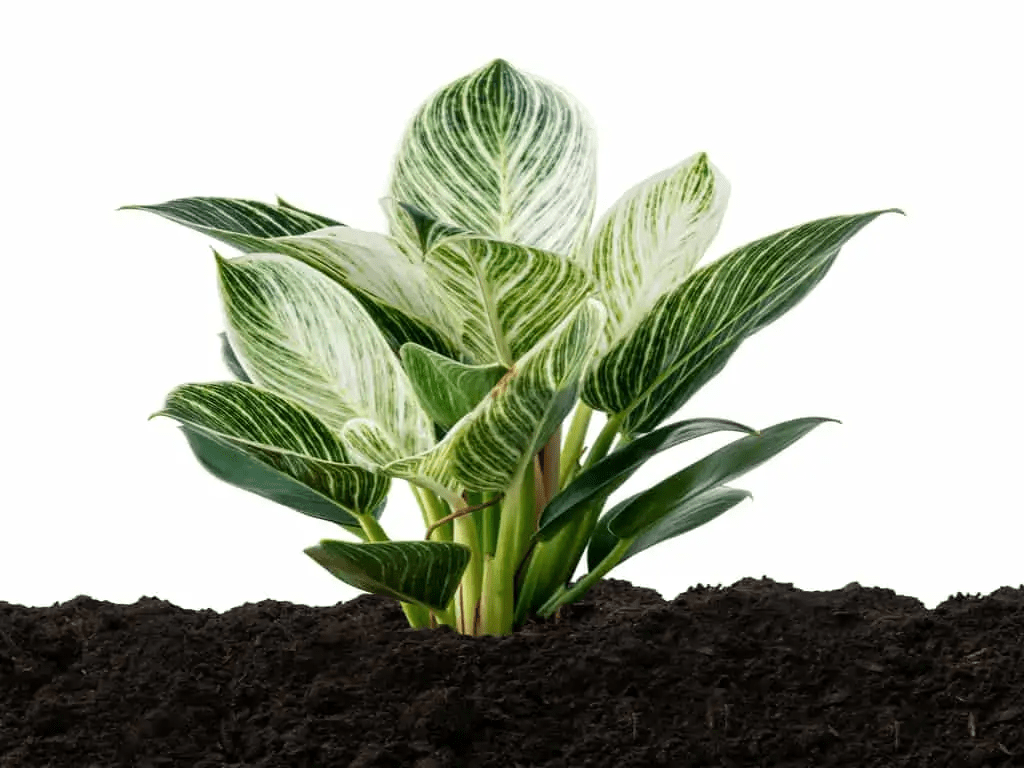
Image Source: The City Wild
The Philodendron hederaceum flower grows as a trailing climber. Its glossy, waxy, heart-shaped leaves make it a great houseplant. The uncommon, one-of-a-kind, and easy-to-care-for Philodendron hederaceum variegated is a wonderful addition to any home.
Philodendron Hederaceum vs Scandens
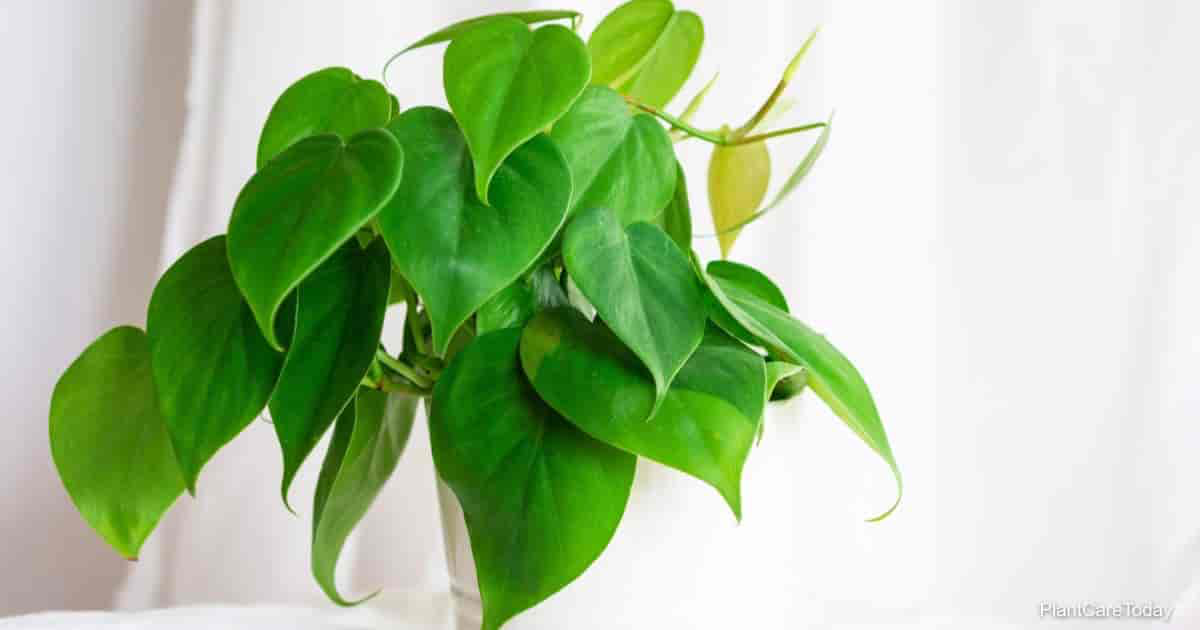
Image Source: Plant Care Today
Philodendron scandens is found as an indoor plant, with its long, thin stems spilling out of a hanging basket, and its two to three-inch broad, solid green, heart-shaped leaves. The ideal Philodendron Hederaceum features glossy, waxy, heart-shaped leaves.
Philodendron hederaceum vs pothos
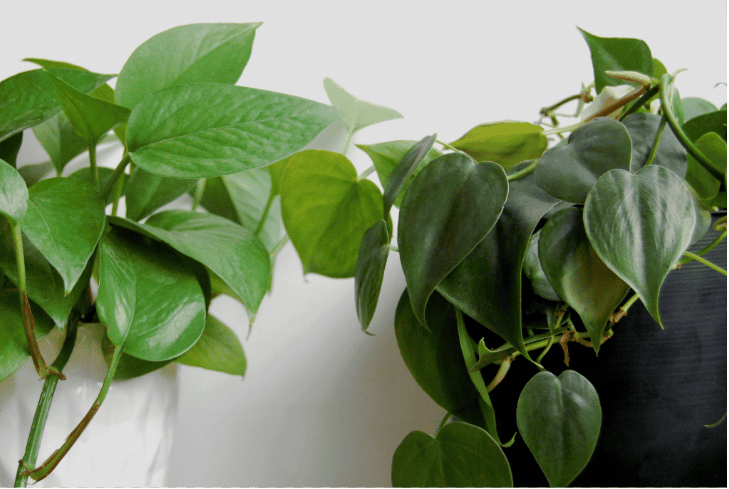
Image Source: The Spruce
In comparison to a Philodendron, a potted pothos such as manjular pothos will survive colder temperatures and develop at a quicker rate. While both the Philodendron and the Pothos come in dramatically variegated forms, the latter tend to have greener leaves overall.
philodendron hederaceum vs cordatum
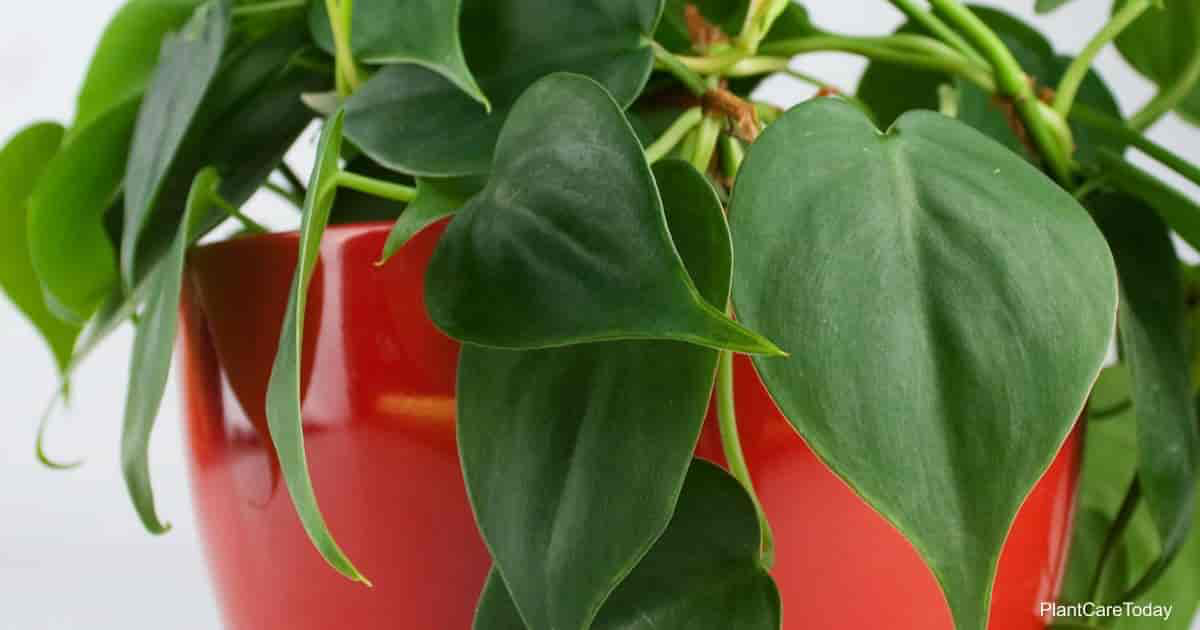
Image Source: Plant Care Today
One of the biggest genera of flowering plants, Philodendron is endemic to Central America and the Caribbean. Heart Leaf Philodendron, often known as Sweetheart vine, is a trailing/vining plant of the genus Cordatum.
Philodendron Hederaceum overview & quick facts
Commonly known as heart leaf philodendron, the scientific name for this plant is Philodendron hederaceum. This vine stays green all year round. It is a commonly grown houseplant, notable for its glossy, heart-shaped leaves.
The Philodendron hederaceum is endemic to the tropical regions of Mexico, the West Indies, and Brazil. As far as commercially available philodendrons go, this one is by far the most sought-after. In their native environment, plants will grow to 20′ tall, although indoors are most typically found in the 4′ tall range.
Philodendron hederaceum Care: Things to Know
No worries! Though you might encounter the difficulties when learning how to care such an plant as a new plant caring starter, we got the most popular plant lover quotes that can partner with you and you are going to succeed in plant care and grow.
Is Philodendron Hederaceuma crawler ot climber?
Same as philodendron gigas, the genus Heartleaf Philodendron belongs to the Araceae family of flowering plants. Philondenron Hederaceum climbs with a tendency of trailing growth. They clamber by encircling tree trunks with their modified roots.
Is Philodendron Hederaceum rare?
The Philodendron Heradecum variety is a fast grower that, with some careful positioning, may become a beautiful cascade of vegetation. This plant is common in homes because of its low maintenance requirements; in fact, it is ideal for novice gardeners.
Not confident in planting an indoor plant? Why not getting power from our inspiring indoor plants quotes?
Is Philodendron Hederaceum fast-growing?
Unlike hoya chelsea, Heart leaf philodendron likes changing light. It enjoys bright to moderate indirect light and watering every 2 inches. Use well-drained soil for it. For the Philodendron Hederaceum growth rate, it is fast-growing and luscious when mature.
How tall and big does Philodendron Hederaceum get?
In its native environment, Heartleaf Philodendrons (Philodendron hederaceum) may reach heights of 20 feet. However, when grown in a home or indoors, they often top out at about 4 feet.
How long does a heart leaf philodendron plant live?
A heart-leaf philodendron may thrive for decades with regular and right way of repotting. In a nutshell, a philodendron kept in good condition may live for twenty years or more inside the home.
Can I grow heart-leaf philodendron as a garden plant?
You may easily start new plants of heart-leaf philodendron by putting short stem cuttings in sterile potting soil. With this adaptable and simple-to-grow plant, even inexperienced gardeners may enjoy the benefits of bringing nature within.
Is philodendron hederaceum poisonous?
The Philodendron hederaceum is one of the most toxic houseplants available. Toxic to humans, cats and dogs. The mouth, lips, and throat may all experience irritation, swelling, and discomfort from this plant’s leaves and stems once consumed.
Philodendron Hederaceum care requirements
Heartleaf philodendron soil
Philodendron mican soil that receives indirect sunlight and is wet but has good drainage is ideal for a Philondenron Hederaceum. The ideal growing medium for heartleaf philodendrons is a coarse, acidic potting soil with a pH of 6.5 to 7.0, which comprises peat moss, perlite, and vermiculite.
Heartleaf philodendron water
If you’re wondering how frequently to water your philodendron hederaceum, you should do it every one to two weeks, letting the soil dry up in between. When the brightness of the environment changes, so should the frequency. Remember, just as caring philodendron burle marx, watering heartleaf philodendron plants with lukewarm water is recommended for optimal growth.
Heartleaf philodendron light & sun
When talking about the Philodendron Micans light, always keep in mind that it works best in bright, indirect light. Also, avoid a spot that gets direct sunlight. If it continues to flourish and the leaf size stays between two and four inches, it is getting adequate light.
Heartleaf philodendron fertilizing
Fertilize a Philodendron Hederaceum or also known as heartleaf philodendron gently once every three to four weeks throughout the growing season. Find an all-purpose plant food that is water-soluble or liquid, and combine it with the water at the concentration specified on the package, or slightly diluted.
Heartleaf philodendron potting & repotting
Every two to three years, you should repot your heart-leaf philodendron to maintain the soil fresh and the roots healthy. Loosen the dirt around the roots carefully, and then transfer the plant to its new pot. After repotting, give the plant a very little amount of water.
Heartleaf philodendron pruning
Care for a heart leaf philodendron, just as philodendron birkin, does not need regular pruning. Vines may be trimmed back in the spring or summer if they are overgrown, have scant foliage, or have discolored leaves. Snip the vines immediately and carefully above a leaf node using sterilized, sharp precision pruners.
Heartleaf philodendron temperature & humidity
Plants of the heartleaf philodendron species, which are native to tropical forests, need temperatures between 65 and 85 degrees Fahrenheit, with short periods of 60 degrees or less being avoided. They thrive in humid conditions of at least 40 percent but may adjust to lower levels often seen in homes.
How to propagate Philodendron Hederaceum: Philodendron Hederaceum propagation
Propagating heart leaf philodendron in water
Placing philodendron cuttings in sterilized water is the first step in the propagation process. Verify that all of the nodes are completely underwater. Plant your cuttings where they will get indirect sunlight. A few weeks of regular water changes should result in healthy new roots that may be transplanted.
Propagating heart leaf philodendron in soil
There is a similar technique for propagating philodendrons micans in soil. A portion of vine with a few leaves should be cut approximately a quarter of an inch below a node using a clean pair of scissors. Roots will grow from the node, so make sure to include it on the cutting.
Propagating heart leaf philodendron from stem cutting
Taking cuttings and rooting them is the simplest method for propagating philodendron plants. Discover a node on the vine and go from there. This often occurs close to a leaf, where the growth of aerial roots has begun. Use sharp, clean clippers to make a 45-degree cut above the node.
Propagating heart leaf philodendron via air laying
An alternative to pruning your plant is air layering. Sphagnum moss and clingfilm are all you need.
You could take the following actions:
- Decide which portion you wish to spread.
- Cover the area with wet moss.
- Watch for the root system to form.
- Cut the stem and place it in potting soil.
Propagating heart leaf philodendron from seeds
In a nursery pot no more than 3 inches deep, plant the philodendron hederaceum seeds no closer than 2 inches apart. Keep the soil wet and at around 70 degrees Fahrenheit by covering it with plastic and checking on it often. In almost a month, the seeds will begin to sprout.
Philodendron Hederaceumcare issues & care tips
Philodendron Hederaceum yellow leaves
Overwatering may cause problems for philodendrons, with yellowing leaves being a typical symptom. These plants need to be watered just when the top two inches of soil feel dry to the touch, not on a set schedule. If the tops of your philodendron’s leaves are becoming brown and the leaves themselves are turning yellow, it requires more direct sunlight.
Philodendron Hederaceum drooping leaves
With either too much or too little water, plants may have droopy leaves which can cause philodendron orange leaves. When the watering schedule is corrected, however, the leaves immediately recover. The philodendron should be fertilized using a complete, macronutrient-rich liquid leaf houseplant fertilizer.
Philodendron Hederaceum leaves curling
Curled leaves are a sign that the plant is either too cold or too dry from the continual air flow. Given their tropical origins, philodendrons do best in damper conditions. Increase the humidity surrounding your plant by spraying the leaves on a frequent basis, using a pebble tray, or moving a humidifier nearby.
Philodendron Hederaceumover black or soft stems
Mildew on the leaves despite a damp soil is a sign of overwatering. It’s possible that the new leaves may become brown and mushy. Salts that accumulate on the soil’s surface are another indicator that watering too much might be the issue. These salts have the appearance of a white, crystalline crust.
Philodendron Hederaceum stems look leggy
The primary reason for a philodendron’s leggy appearance is a lack of light. Indirect light between medium and bright is ideal for growing philodendrons. They don’t like the harsh rays of direct sunlight, but too little can cause the stems to stretch, widening the gaps between the leaves and giving the plant an unattractive lean look.
Philodendron Hederaceum stems losing varigation
The plant may lose all of its natural variations over time. There is usually not enough light to see clearly. Trim the plant’s stems until you reach the final variegated leaf if you want more of them to develop. After that, transfer it to a location with better lighting.
Philodendron Hederaceum pests
Plants of the philodendron family are seldom attacked by insects. Mealybugs, scale, and spider mites are the most typical pests that cause an infestation. Philodendrons are susceptible to root rot and bacterial leaf spot, both of which are brought on by too wet, warm soil.
Philodendron Hederaceum disease
The most prevalent disease affecting philodendrons, known as Erwinia blight, may quickly cause death. Erwinia often strikes at or just below the surface of the ground. The stems develop water-soaked sores, and if the plant makes it that far, the infection will spread to the leaves. However, Xanthomonas campestris pv. dieffenbachia, also known as red-edge leaf spot bacterium, infects philodendron plants by entering via leaf wounds, stomata (air holes), and hydathodes (water-secreting glands).
heartleaf philodendron dying
To know how to revive a heartleaf philodendron, you need to watch out about Overwatering, under-watering, freezing weather, or too much sun which can be possible causes of a philodendron’s death. Saturated soil causes philodendron leaves to become yellow and droop, while little watering or overexposure to sunlight causes them to turn brown. A philodendron’s death may be attributed to temperatures below 50 degrees Fahrenheit.
How much does Philodendron Hederaceum cost?
Philodendron Heraceum typically sells for between $9, $11 and $18. Weight of the plant is a major factor in shipping expenses. As the most practical and promising houseplant, the plant consistently obtains 5-star reviews online.
Where to buy Philodendron Hederaceum
Do some research before purchasing a Philondendron Hederaceum to make sure your money is well spent. A few places to go online to get one and learn more about it are Unbeleafable PH, Etsy, Shopleaf Plant Studio, and myBageecha.
Philodendron Hederaceum: final thought
A Philodendron Hederaceum plant would be a great accessory for your home’s décor. Indoor plants need the same level of care as pets. Place them in indirect bright light and remember to repot them every two or three years. Applying fertilizer and watering them often also helps. Though, if you are a novice, a little bit of study goes a long way.
For more step-by-step ideas, diy tips and guides, kindly visit the website guyabouthome.com providing the best garden & home improvement tips.


